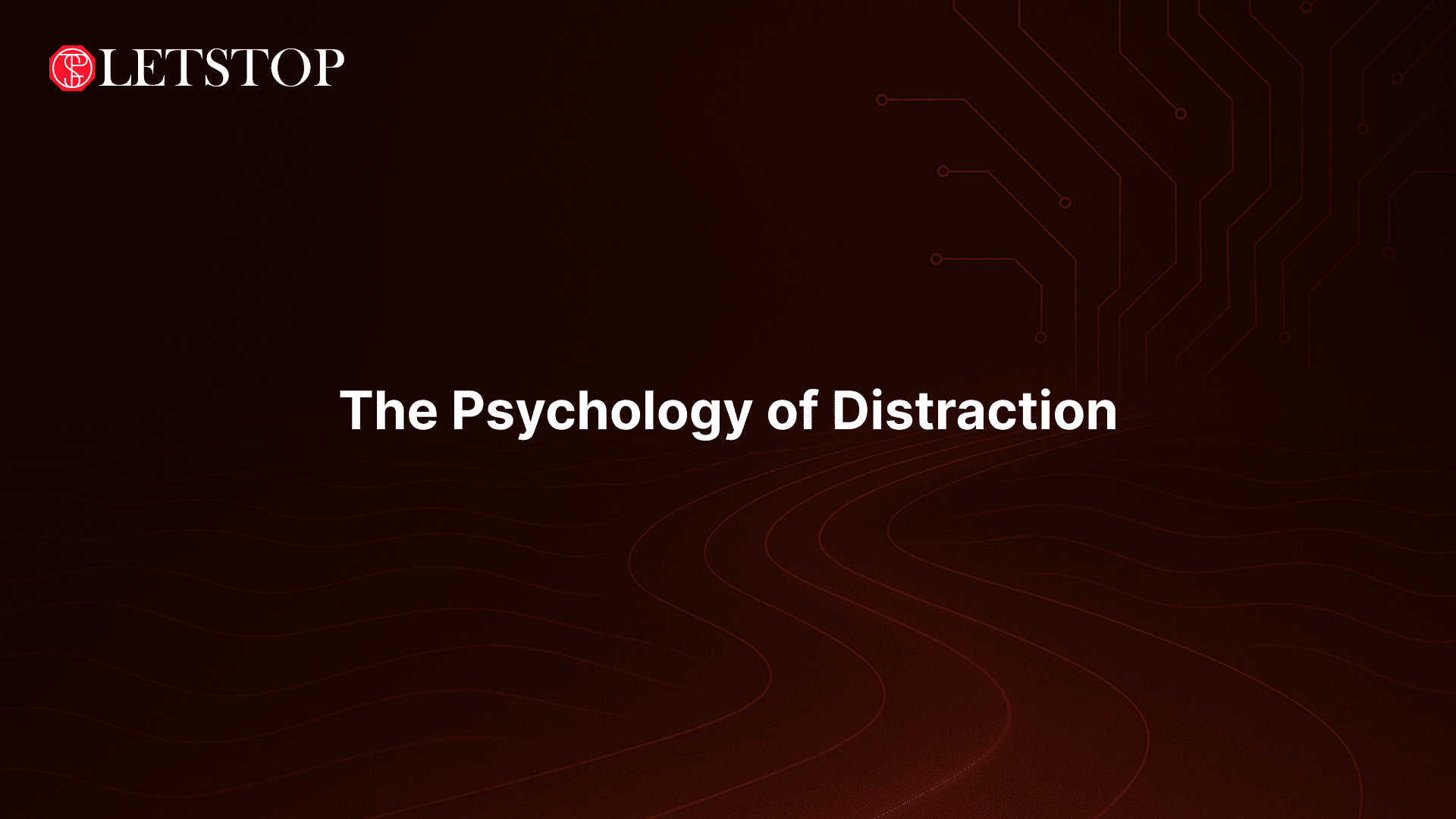Loading...
Preparing your learning content...
Preparing your learning content...

Discover why your brain struggles with multitasking behind the wheel.
Many drivers feel confident saying I can handle it when checking a message or changing a song. Psychology research shows something different. The human brain is not built for true multitasking while driving. LETSTOP takes this into account by treating each phone touch as a meaningful distraction event.
We often say we are multitasking, but most of the time our brain is actually switching rapidly between tasks.
These hidden switch costs are small individually, but they add up every time your attention jumps.
Apps, messages, and notifications are designed to capture your attention. They offer quick rewards in the form of new information, social interaction, or entertainment.
At the same time, the road can feel repetitive and predictable, so your brain sometimes undervalues it, even though it is the most important task.
Even when you put the phone down, part of your attention can stay attached to what you just saw. Psychologists call this attention residue.
This means distraction is not only about seconds spent looking away, but also about the seconds after, when your mind is still drifting.
LETSTOP does not assume that you can perfectly control your attention. Instead, it is designed to help you train better habits over time.
By making distraction measurable, LETSTOP helps your logical side push back against automatic urges.
You can use your understanding of psychology to reduce distraction without relying only on willpower.
These actions redesign your environment so your brain has fewer chances to drift away from the road.
Safe driving is not only about skills with the wheel and pedals. It is also about understanding how your mind works under temptation. LETSTOP brings psychology into the app quietly, helping you see distractions clearly and build habits that protect both you and the people around you.
Put your knowledge into practice and start earning rewards for safer driving.